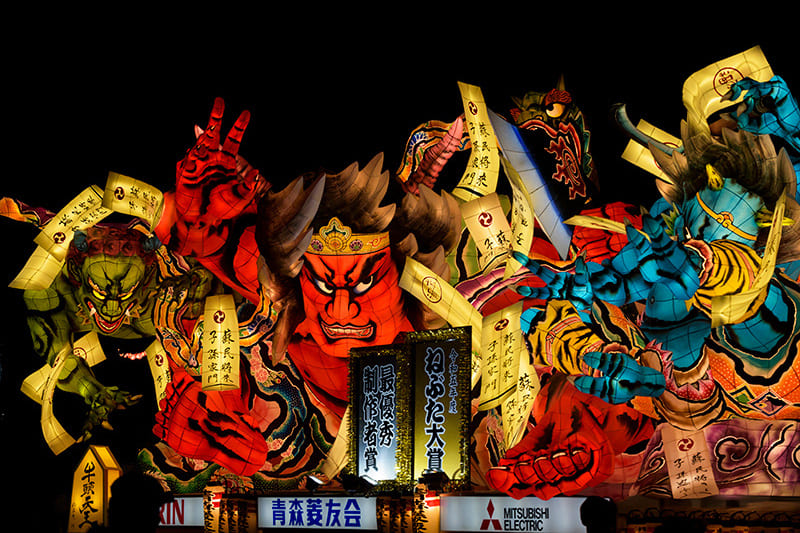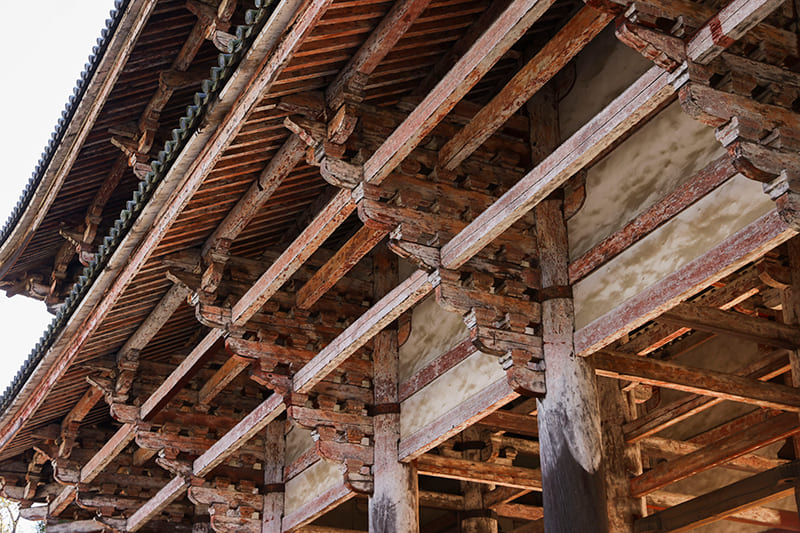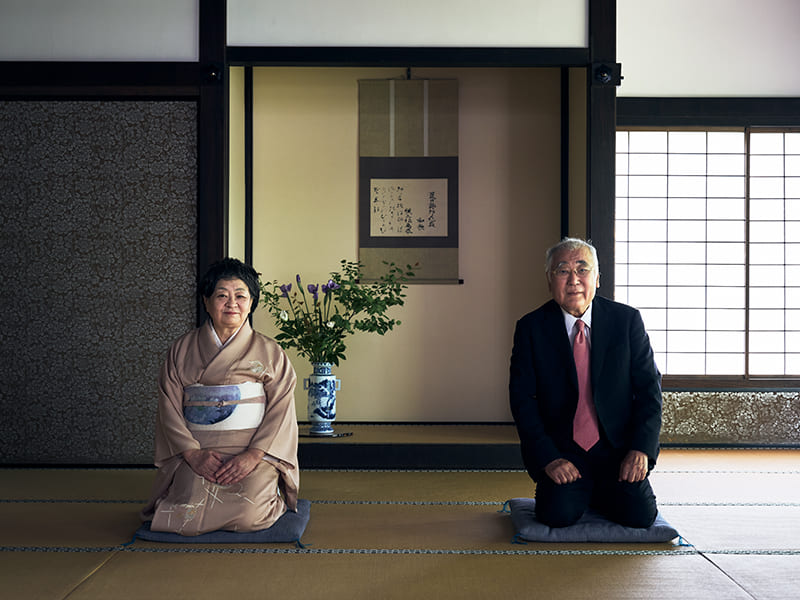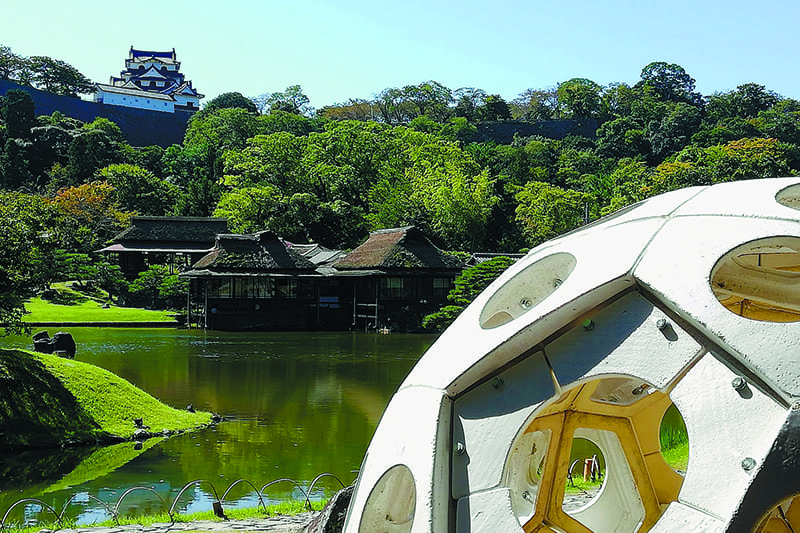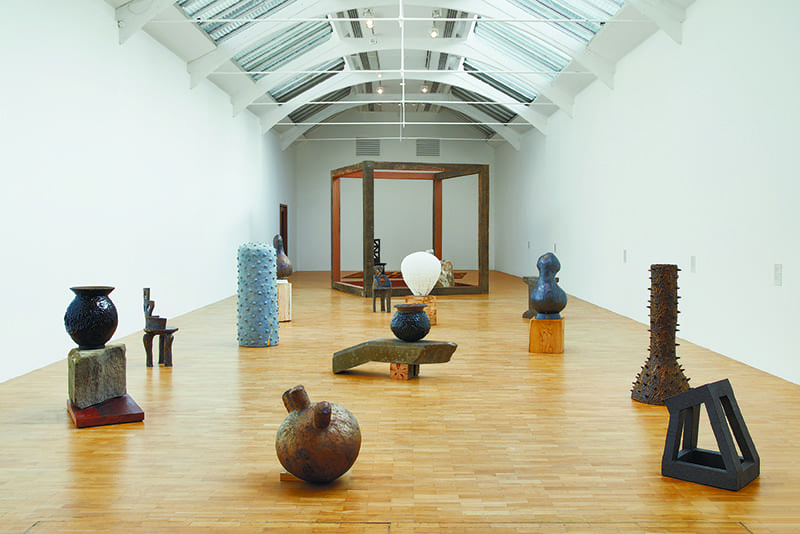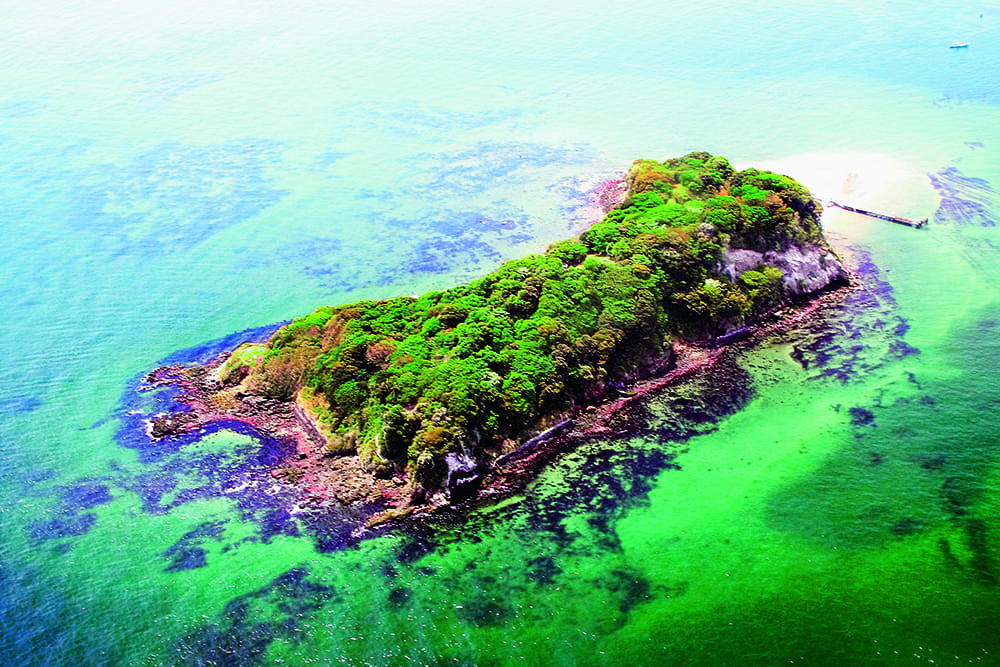June 28, 2024
Vol. 37: FROM THE EDITOR

If you look back at Japanese history for the 1,300 years preceding the Meiji Restoration of 1868, the nation’s capital was located in Kyoto, Nara or elsewhere in the Kansai region in the west. In Japan’s oldest history books, “Kojiki” and “Nihonshoki,” both compiled in the first half of the eighth century, the Tohoku region in the north is referred to as Michi no Oku. This means a land far from the capital, and one can easily imagine how exotic it must have seemed to people living in the capital at the time. These days, Tohoku’s six prefectures are far more accessible, yet they still retain their own unique cultures.
One window into these cultures is the region’s festivals. The Tohoku region suffered severe damage from the Great East Japan Earthquake and the tsunamis and nuclear power plant accident it caused in 2011. The Tohoku Kizuna Matsuri, which brings together festivals from all six prefectures, is now held to pray for the souls of the victims and for the region’s recovery. This year’s edition was held in early June, but the six original festivals are still coming up. Perhaps this month’s special issue will inspire you to visit Tohoku’s festivals this summer?
Return to Sustainable Japan Magazine Vol. 37 article list page

